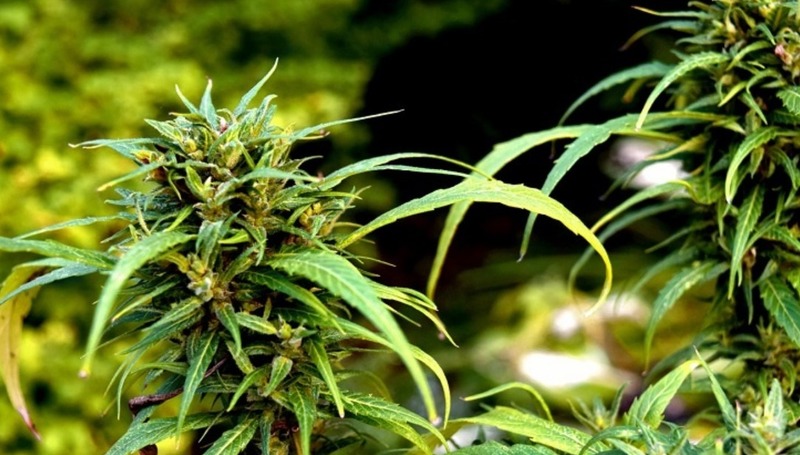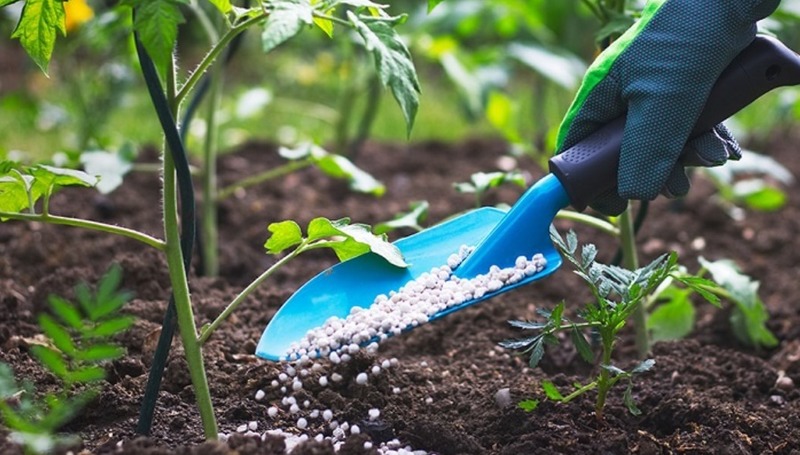A Cannabis plant is robust, but deprivation of important minerals will reduce its health and vigor. Plants may die or cease growing if this isn’t fixed. Cannabis shortages can be difficult to detect, so we’ve compiled a basic list of what to check for and how to correct them if things go wrong. Looking to try something new? Check out this.
Cannabis farmers are sure to confront with issues of one sort or another. Cannabis plants, thankfully, are strong and can survive on their own in the face of pests or incorrect growing conditions for a time. However, if the problem isn’t addressed promptly, there will be consequences.

Overreacting is one of the most frequent blunders made by beginning growers. However, if an ambiguous circumstance is identified, producers should simply acknowledge it and study what the problem is and how to repair it.
The following article will summarize some of the most typical issues that may be discovered by simply looking at the leaves. It’ll also go through how to proceed and get those plants on their way to recovery…and a greater harvest!
Nutrient Burn
Another possibility for plant leaves is “nutrient burn.” In this situation, the plant is being supplied with too much nutrients. When this occurs, the high nutrient levels can lead to a brown or yellow “burn” on the leaf’s tip. If nutrient quantities are not changed, burning may spread inwards and cause leaves to become crispy or curled.
This is a common problem with young seedlings, but it’s generally resolved as the plant consumes the nutrients. If your plant is a little more mature, however, you should perform a flush.
Light and Heat stress
In most cases, this isn’t an issue for outdoor farmers. Indoor growers, on the other hand, must install grow lights in their garden to help cannabis plants develop. In some situations, these lights might put your plant under too much strain.
It’s essential to keep your plants a safe distance from the light source in order to avoid light and heat stress caused by grow lights. While fluorescent bulbs don’t have enough energy to cause light stress, they do become quite hot, resulting in heat stress. LEDs, on the other hand, are typically more efficient and generate less heat while still generating strong illumination.
Using bright lights with a wide spectrum causes buds to be more potent and produce larger yields — as long as they are kept at the correct distance from your plants. The “correct distance” is somewhat of a challenge, unfortunately. It’s usually determined by the type of light source used, as well as the wattage and your grow space. Also keep in mind that older bulbs emit less light/heat than newer ones. For low-wattage lighting, an interval of 8″ is suggested; however for higher-wattage lighting (for example, LEDs), a distance of 12′–30′ can be required.
Fungal or Pest Infection
A fungal infection or pest infestation is the final major cause of leaf problems and death. While outdoor gardens typically have lower pest issues owing to the natural environment (ladybugs and spiders take care of mites, etc), indoor growers must be vigilant. Unfortunately, if an infestation gains momentum, it might be difficult to save your garden.
Aphids, fungus gnats, thrips, green flies, black flies, mosaic virus, spider mites, caterpillars, inchworms, and whiteflies are examples of pests that can attack your cannabis garden. Aphids are a type of insect that feed on the leaves and stems of plants while they grow. They can cause serious damage to your crop by sucking the fluids through their mouths.
The key is to examine your plants on a regular basis and act swiftly if pests are discovered. Check the tops of your leaves as well, since insects frequently like to hang out there.
Heat and Air Circulation Problems
Brown stains are common responses to heat stress when your plant undergoes a major heating event. Learn how to care for your indoor or outdoor plants during a heat wave. Other environmental factors, such as excessive wind/breeze, can also cause brown spots. When you have a fan blowing directly on the leaves of your plant, they will usually wave about due to this.
Too much of a fan or breeze on part of a plant might induce “wind burn,” which can result in various leaf problems (curling, nutritional deficiencies, underdevelopment, etc.). Brown patches are occasionally seen. Observe how the marks appear to be heat-stress patterned.
Watering Problems
Overwatering, or overwatering, can cause a variety of negative effects in plants, especially those that are younger. Overwatering is most prevalent among beginners, yet underwatering can also produce the same results.
The top of the grow medium has a green tint, which is due to algae growth on the surface. When you observe this, it’s an indication that your plant is receiving too much water. The brown lower leaves appear to be a nutrient deficiency, but they’re really caused by overwatering.
After being overwatered and experiencing a chilly (nearly freezing) night, this plant was subjected to further water. The following morning, many of the leaves had these regions. “Wet feet,” as its name implies, is a condition that causes symptoms often mistaken for a nutrient deficit. When plants are drooping in addition to the leaf marks, it’s usually because they’re too wet.
How to Water Seedlings in a Large Pot (It’s much easier to overwater plants if they’re growing in a container that’s too big, but there are techniques to work around it).
